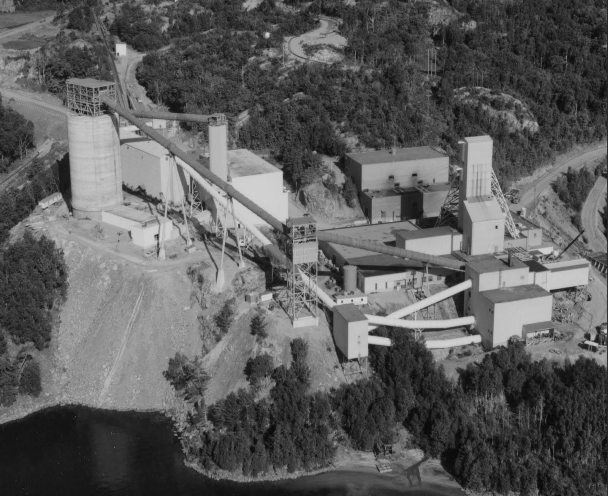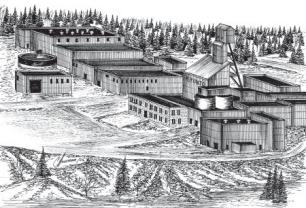http://www.ottawacitizen.com/index.html
Who would want a pile of used fuel from nuclear reactors that will be radioactive for millennia? William Elliott does. Badly enough to fight for it.
The boss at the economic development corporation serving the Elliot Lake region sees the upside of something that usually provokes gut reactions of not-in-my-back-yard. “There’s the obvious economic impact of 700 to 1,000 permanent full-time jobs (and) $16 billion to $24 billion of direct investment,” he says.
“It’s going to be one of the biggest economic development projects in Canadian history.” Put that way, maybe it’s not so hard to see why Elliot Lake and its neighbours are campaigning to become the place where Canada buries all our high-level radioactive waste.
The Nuclear Waste Management Organization is looking for a site to sink thousands of tonnes of used reactor fuel forever, replacing the temporary storage that Canada has used for 60 years.


























 The World Wants Yellowcake (Uranium)
The World Wants Yellowcake (Uranium)